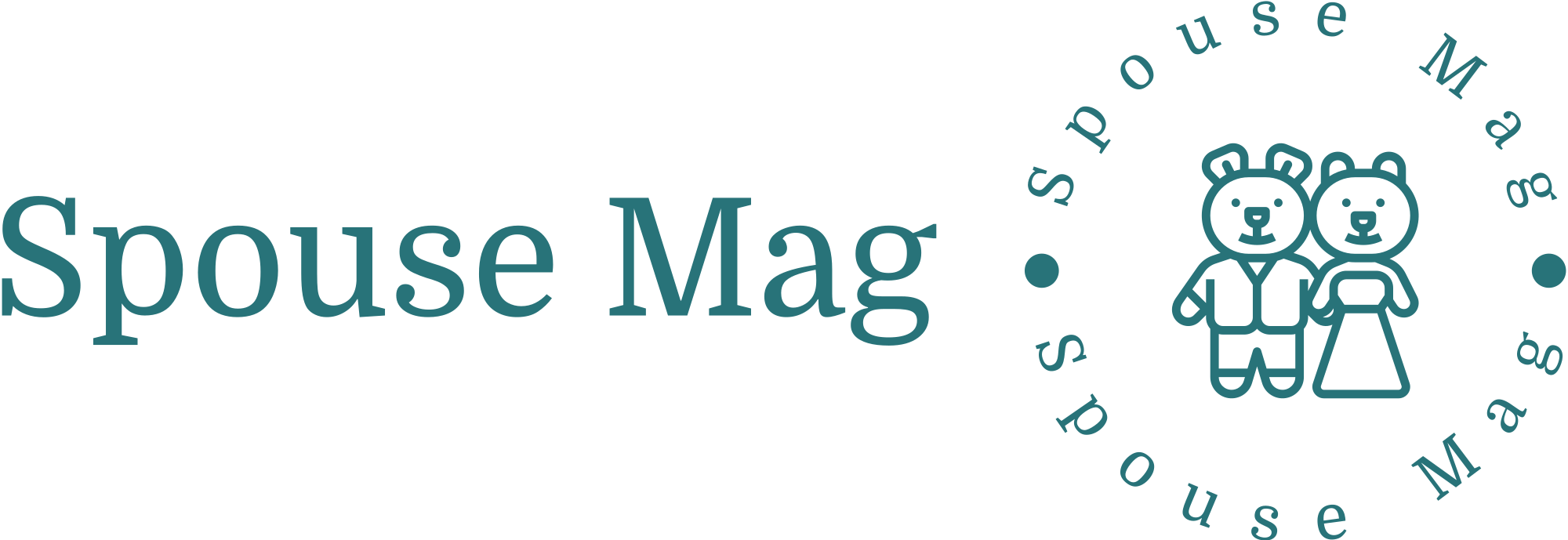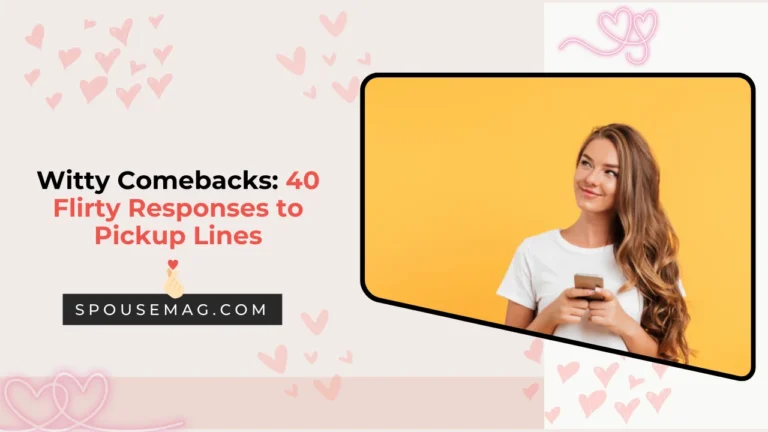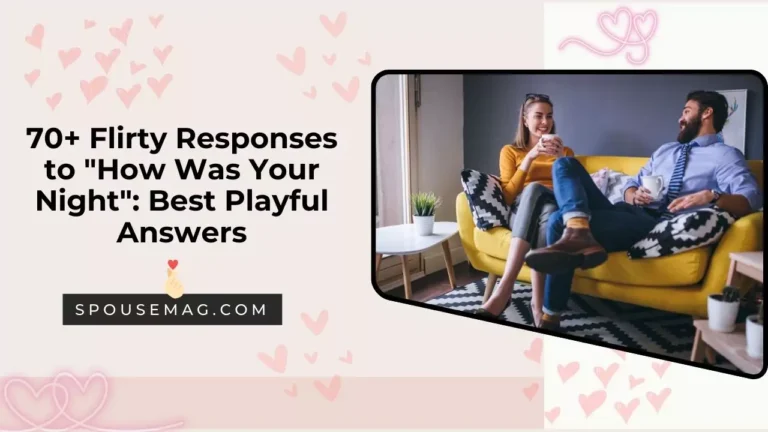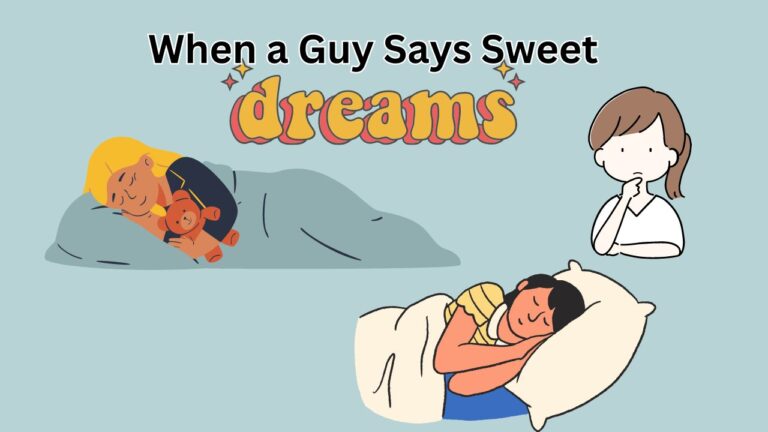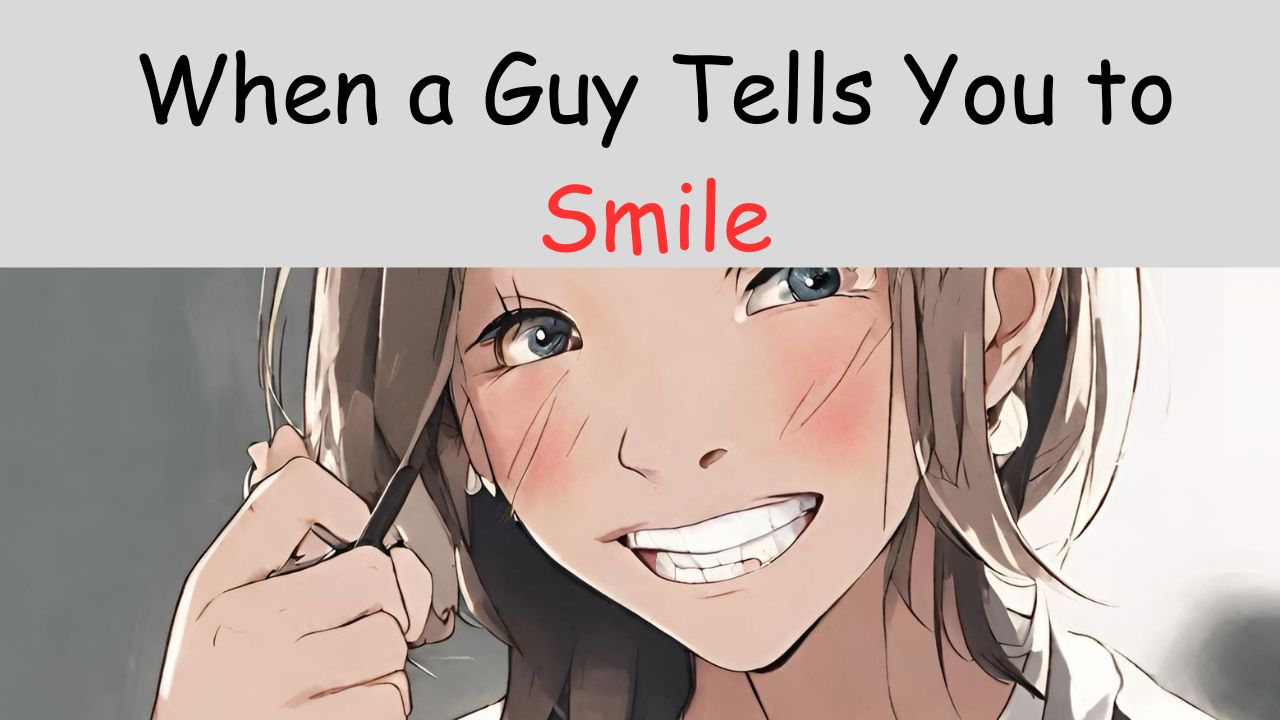
It’s so frustrating when guys tell us to smile! They seem to think they have the right to dictate our facial expressions and emotions. But the truth is, our faces belong to us – not them.
I get so annoyed when random men, especially older ones, try to boss me around and tell me to put on a happy face. Like, why do they think they can just demand that we change our mood for their benefit? It’s disrespectful and makes me feel like an object instead of a real person.
Sometimes I want to be left alone without having to put on a fake smile. If I’m feeling down or neutral, that’s my business. I don’t owe anyone a grin, no matter how much they insist.
The best response is usually to ignore the guy or give him a stern look. You could also try saying something like “I’ll smile when I feel like it, not when you tell me to.” That puts him in his place without being too mean.
At the end of the day, we need to stand up for ourselves. Our emotions and appearances are not public property for men to control. We have a right to feel and look however we want, without having to please anyone else. It’s about time more people understood that.
Comeback Replies to When A Guy Says Smile
- “I’ll smile when I feel like it, not because you told me to.”
- “My face, my choice. I don’t have to smile for you.”
- “I’m not here to entertain you. I’ll express myself however I want.”
- “Demanding that I smile is disrespectful. Please don’t tell me how to feel.”
- “How about you mind your own business and let me have my own mood?”
- “I appreciate the sentiment, but it’s not your place to tell me how to look.”
- “If you’d like me to smile, try being genuinely kind instead of bossy.”
- “I’m not obligated to put on a happy face for your enjoyment.”
- “Making unsolicited comments about my appearance is inappropriate.”
- “I don’t have to smile just because you want me to. That’s my choice.”
Quiz: Why He Wants You To Smile
What To Say When A Guy Tells you To Smile
Here are some things you can say when someone tells you to smile:
1. The Direct Approach
- “I’ll smile when I feel like it, thanks.”
- “I’m fine, thanks for asking.”
2. Empowerment
- “I smile when I want to, not when I’m told.”
- “My expression is my business.”
3. Flip the Script
- “Why? Did you misplace yours?”
- “Are you a dentist? No? Then stop telling me to smile.”
4. Highlighting the Absurdity
- “Do you tell men the same thing?”
- “I didn’t realize my face was subject to public critique.”
5. Asserting Boundaries
- “I’m not obligated to smile for anyone.”
- “My facial expressions are not for your comfort.”
6. Humor
- “If you can make me laugh, I’ll consider it.”
- “My smile is on vacation today.”
7. Deflection
- “Let’s focus on [insert relevant topic].”
- “I’m more focused on [insert task at hand].”
8. Educating
- “Telling women to smile can be perceived as intrusive.”
- “Would you appreciate someone telling you how to express yourself?”
9. Turning the Tables
- “Would you like a smile with your unsolicited advice?”
- “I’m trying to cut down on fake smiles.”
10. Emphasizing Autonomy
- “I’ll smile when I feel like it, not on command.”
- “My emotions are mine to control, not yours.”
11. Expressing Discomfort
- “That comment makes me uncomfortable.”
- “Let’s stick to topics that are less personal.”
12. Redirecting Focus
- “Let’s talk about something else.”
- “There are more important things to discuss.”
13. Reflecting
- “Why do you think my smile is necessary for this moment?”
- “Do you often comment on people’s appearances?”
14. Confidence Boost
- “I appreciate the concern, but I’m good.”
- “I’ll smile when something genuinely brings me joy.”
15. Firmness
- “I’m not interested in changing my expression.”
- “Please respect my right to choose how I express myself.”
16. Ignoring
- Simply continue with what you were doing without acknowledging the comment.
17. Minimalism
- A subtle nod or a brief “thanks” without elaboration can suffice.
18. Expressing Appreciation
- “I appreciate the sentiment, but I’m okay.”
- “Thanks for the suggestion, but I’ll pass.”
19. Politely Declining
- “I prefer to keep my expressions authentic.”
- “I’ll smile when it’s genuine, not on command.”
20. Setting Clear Boundaries
- “Let’s keep our interactions professional/respectful.”
- “Comments on my appearance make me uncomfortable.”
21. Boundary Reinforcement
- “I’m not here to decorate your world.”
- “My face, my rules.”
22. Emphasizing Consent
- “I’ll smile when I feel like it, not when prompted.”
- “My expressions are not at your disposal.”
23. Redirecting Attention
- “Let’s focus on the task at hand.”
- “My smile isn’t relevant to this conversation.”
24. Asserting Equality
- “Would you say that to a man?”
- “Men aren’t expected to smile on command either.”
25. Affirming Autonomy
- “I decide when to smile.”
- “My mood isn’t up for debate.”
26. Reinforcing Respect
- “I’d prefer if you didn’t comment on my appearance.”
- “Let’s keep the conversation professional.”
27. Declining with Dignity
- “I’m fine as I am, thank you.”
- “I’ll pass on the smile for now.”
28. Acknowledging Discomfort
- “That remark feels intrusive.”
- “Let’s keep things respectful.”
29. Firm Assertion
- “I’m not obligated to smile for anyone’s comfort.”
- “My facial expressions are not open for critique.”
30. Affirming Self-Worth
- “I don’t need to smile to validate my presence.”
- “My worth isn’t tied to my facial expression.”
31. Asserting Emotional Boundaries
- “I’ll express myself as I see fit, thank you.”
- “My smile is reserved for moments of genuine joy.”
32. Challenging Expectations
- “Why is my smile so important to you?”
- “Do you often comment on strangers’ appearances?”
33. Emphasizing Personal Space
- “Let’s keep our interactions respectful.”
- “Comments on my appearance are unwelcome.”
34. Reiterating Autonomy
- “I’m the only one who decides when to smile.”
- “I’m not interested in changing my expression for anyone.”
35. Acknowledging the Uncomfortable
- “I’d prefer not to discuss my appearance.”
- “Let’s focus on something more meaningful.”
36. Suggesting Other Topics
- “How about we talk about [insert neutral topic] instead?”
- “There are plenty of other things we could discuss.”
37. Emphasizing Individuality
- “I express myself in my own way.”
- “My smile isn’t a commodity to be traded.”
38. Redirecting with Grace
- “Let’s steer the conversation in a different direction.”
- “I’m not interested in discussing my facial expressions.”
39. Establishing Personal Sovereignty
- “I have the right to express myself as I see fit.”
- “I’ll smile when I genuinely feel like it.”
40. Ending the Interaction
- “I think we’re done here.”
- “I prefer not to engage in this conversation further.”

As a married wife, founder, and editor of SpouseMag.com – these guides are based on my own personal experiences, observations, research and insights. I am transparent about being inspired by the life and work of the two greatest experts in the relationship space – Dr. John and Julia Gottman, and Harville and Helen. They two are some of the strongest couples, researchers, authors, and counselors when it comes to marriage and relationships. My advice and guides are based on my insights and research, and they are not an alternative to professional advice.
